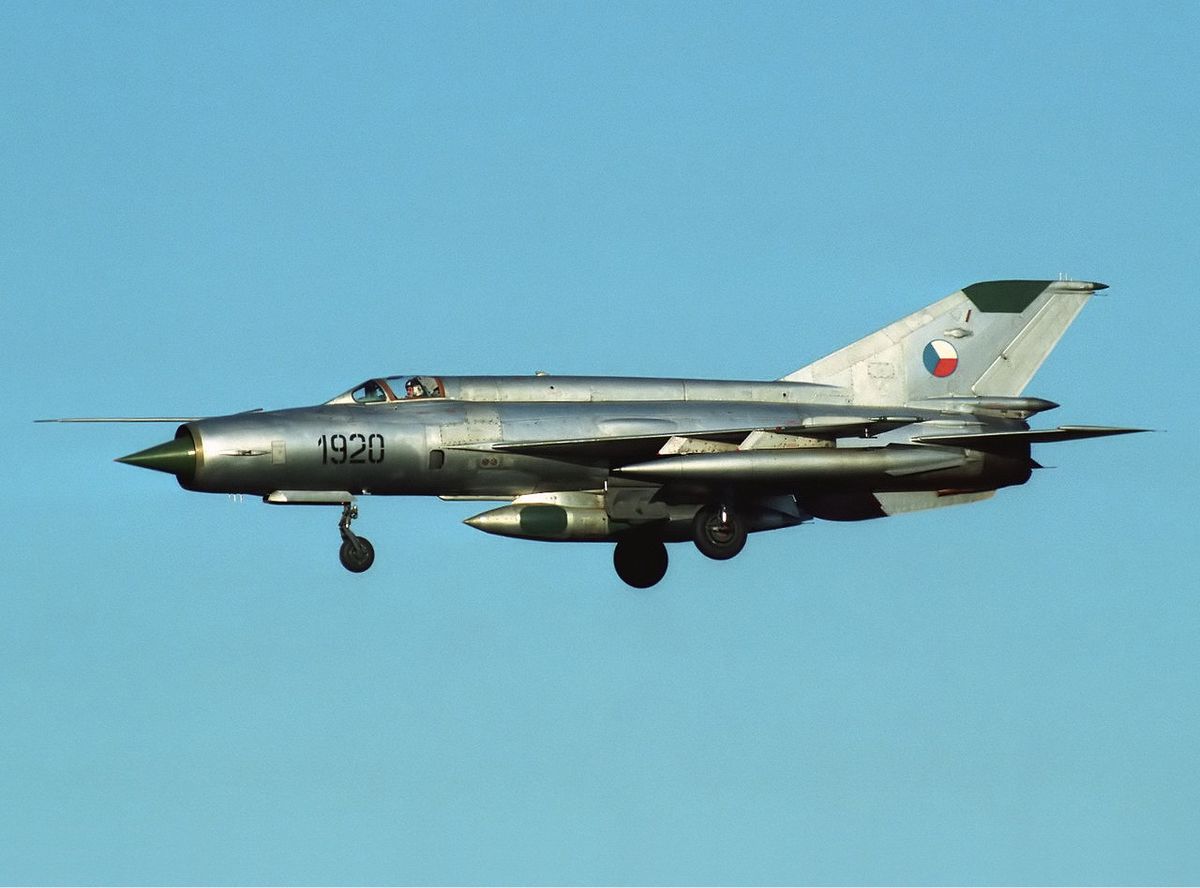1. The concept of autonomous mid-air refuelling
Traditional aerial refuelling relies on manned tanker aircraft, which limits flexibility and exposes crews to risk in contested airspace. Researchers are exploring autonomous drone systems capable of refuelling fighter jets mid-flight, increasing operational range without human intervention.
2. How autonomous refuelling drones work
Equipped with precision navigation systems, sensors, and robotic refuelling arms, these drones can locate a receiving fighter jet, stabilise in formation, and transfer fuel automatically. Advanced AI algorithms manage speed, altitude, and alignment, ensuring safe and precise fuel transfer.
3. Current prototypes and experiments
The US Air Force’s Skyborg programme and Boeing’s MQ-25 Stingray drone are early examples of autonomous or semi-autonomous tanker systems. While MQ-25 primarily services carrier-based aircraft, the concept could be adapted for fighter jets operating over hostile or remote areas.
4. Advantages over traditional methods
Autonomous refuelling reduces the need for manned tanker fleets, lowers operational costs, and allows fighters to remain on mission longer without returning to base. It also enables flexible deployment in regions where tanker support is limited or vulnerable.
5. AI coordination and safety systems
Autonomous systems rely on real-time communication, collision avoidance, and adaptive flight control. AI monitors environmental conditions, fuel flow, and aircraft behaviour to prevent accidents. Redundant safety protocols ensure that if the drone fails, the fighter can safely disengage.
6. Engineering challenges
Challenges include high-speed fuel transfer at supersonic or near-supersonic velocities, maintaining formation stability, and managing turbulence effects. Miniaturising fuel systems while keeping the drone lightweight and long-endurance is also a critical hurdle.
7. The future of aerial operations
Within the next decade, fighter drones and manned jets could form cooperative networks, where autonomous tankers extend the range and endurance of entire squadrons. Human pilots may oversee operations, but AI-controlled refuelling drones could handle the precise logistics mid-air, dramatically increasing combat flexibility.

